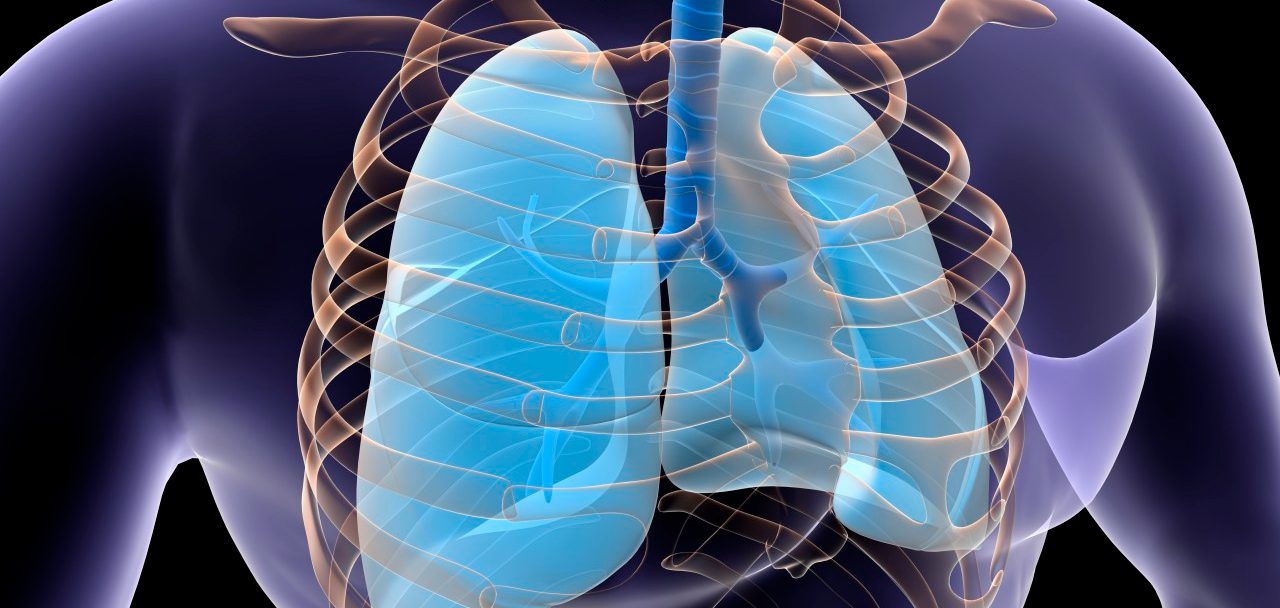Bronchitis Symptoms

This condition is one of the most common respiratory illnesses. Learn here about bronchitis symptoms and what you can do about them.
Bronchitis is a respiratory illness that occurs when the air passages between the nose and the lungs, known as bronchi or bronchial tubes, become swollen and inflamed.
It can be caused by a viral or bacterial infection, or in some instances by exposure to chemicals, such as air pollution or pesticides. It can be diagnosed with a chest x-ray, blood test, or lung function test.
While most cases are mild or temporary, if left untreated can become severe enough to cause death, especially for the very young or very old.
Bronchitis symptoms
As the bronchi in the lungs become inflamed, the air passages swell. This makes it more difficult for your lungs to move air in and out, which causes difficulty breathing. According to the National Heart, Lung, and Blood Institute, this difficulty breathing is the most common symptom of bronchitis.
Difficulty breathing often appears as a persistent cough that can linger for days, weeks, or even months. This cough is frequently productive, causing you to bring up mucous or phlegm. The inflammation may cause a feeling of tightness in your chest and breathlessness, especially with physical activity. You may also hear a squeaky or whistling sound when you breathe, which is known as wheezing.
There are two different types of bronchitis, acute and chronic bronchitis. They have different causes, as well as additional symptoms, which may help you and your doctor identify which type you are suffering from.
Symptoms and management of acute bronchitis
Acute bronchitis is caused by an infection in the bronchi. It often follows a cold or flu, when your body’s immune system is already run down from fighting off the first infection. It is incredibly common; the Academy of American Family Physicians has found that acute bronchitis is one of the top 10 conditions for which patients visit a doctor or hospital.
Acute bronchitis usually causes a cough that lingers even once your initial cold or flu symptoms have cleared up. It can be distinguished from other respiratory infections by coughing that lasts for more than five days. Other acute bronchitis symptoms may include a low fever, muscle aches, a runny or stuffy nose, feeling fatigued, or sore ribs from coughing.
How to treat bronchitis
This infection may be caused by bacteria in your lungs, but more often it is a viral inflammation that will clear up on its own in 1 to 3 weeks. Because acute bronchitis is usually caused by a virus, antibiotics are not an effective form of treatment, though studies have found that many patients will still ask for them.
If your bronchitis symptoms are caused by a viral infection, not only will antibiotics not help you recover, they could make it more difficult for you to recover from your next bacterial infection.
Instead of antibiotics, your doctor will likely recommend over-the-counter medications to manage your bronchitis symptoms, such as cough medicine or a throat spray. If your chest feels particularly tight, your doctor may also prescribe an inhaler to help your lungs open up.
Symptoms and management of chronic bronchitis
Chronic bronchitis is a recurring inflammation in the bronchi. The New England Journal of Medicine recommends that chronic bronchitis should only be diagnosed if a cough with mucous production occurs on most days of the month, at least three months of the year, over the course of two years. Chronic bronchitis often includes wheezing and chest discomfort, but does not include symptoms such as fever or runny nose.
Chronic bronchitis is often caused by lifestyle factors such as smoking, air pollution, or working around chemicals. The Centers for Disease Control and Prevention report that in 2014 chronic bronchitis affected more than 8 million adults in the United States.
The National Institutes of Health recommend that the best way to treat chronic bronchitis is to remove the source of irritation, such as quitting smoking or spending less time in polluted environments. Severe forms of chronic bronchitis may also need to be treated with bronchodilators or oxygen therapy in order to open up your lungs and make breathing easier.
Both acute and chronic bronchitis can develop into more serious respiratory problems, such as pneumonia or emphysema, one of a group of conditions called chronic obstructive pulmonary disorder or COPD. Because of this potential, it is important to see your doctor if you experience any symptoms, particularly a cough that does not go away no matter what you do.
Updated:
March 20, 2020
Reviewed By:
Janet O’Dell, RN